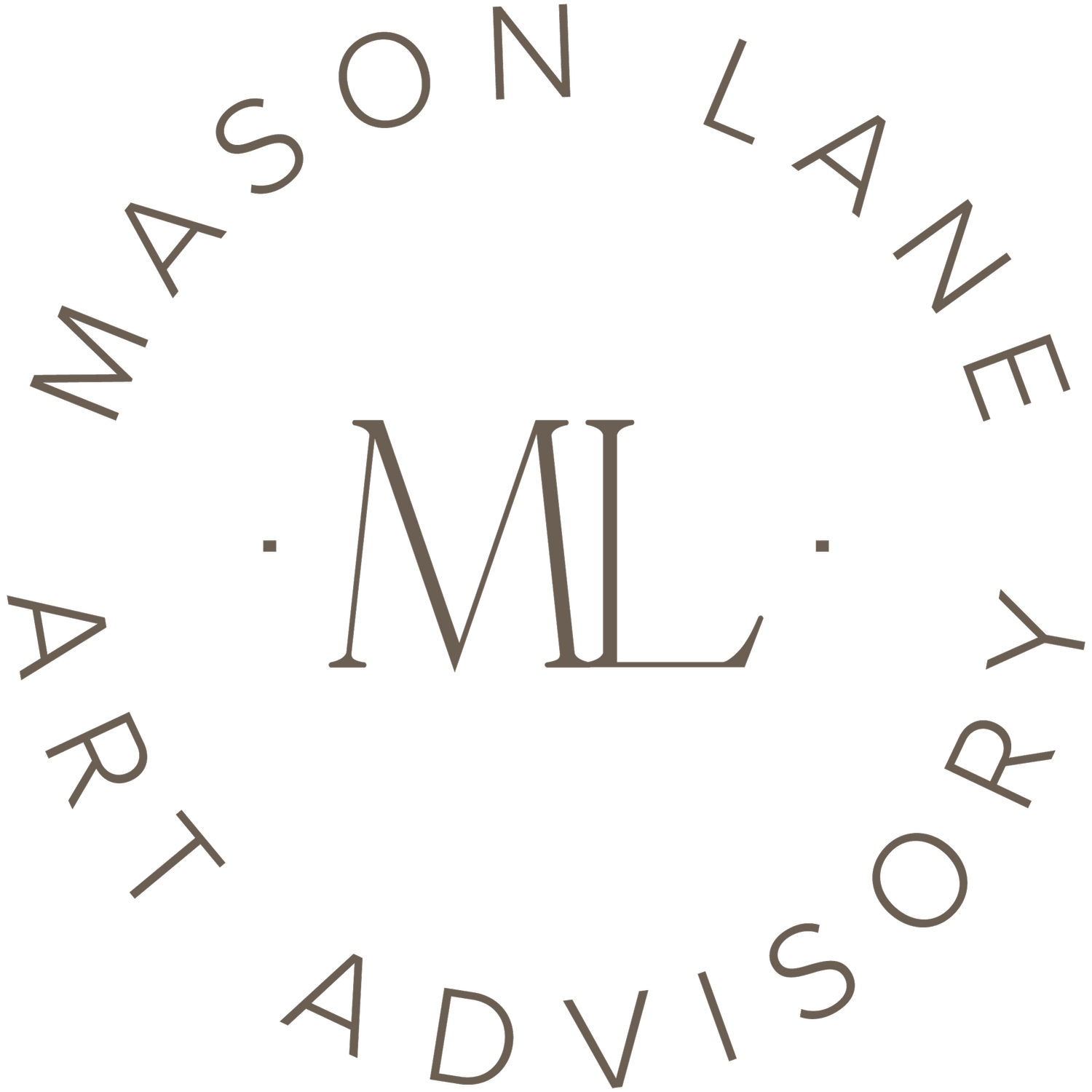The Clients We Best Serve
There are countless people involved in the art world, from the blue chip collector to the casual museum visitor, the skilled appraiser and the fine art insurer.
Everyone is in it for their own personal reasons. Though after living and breathing in this world for a while, we’ve seen that people’s motives for getting involved in the art world fall into one of three categories. I’ve also seen that our most successful projects are with clients in our category, or, said differently, in the art world for comparable reasons. Here’s a breakdown:
1. Those in the art world purely for status.
While many people may not readily identify their motive to be status, we know this population that regularly name drops without believable intellectual curiosity. These are the people who share more about the crowd they are with (“a MoMA Trustee was at the soiree!”) or the association they have (“The Director of Development from LACMA is friends with the person who invited us), than the art that is seen. Often, people within this category use a common set of adjectives (“it’s all fabulous!”) about a particular artist or show rather than getting into details about their unique opinion. There is nothing wrong with this breed - people thrive off of different stimuli, and it can most certainly service individuals’ social or professional goals. That said, people within this category tend to not be our client because their status interests trump personal curiosity.
Adam David Brown’s “Moon Light” sculpture in our client’s Toronto home. Brown considers themes relating to the language, ephemerality, and our place in the universe, resulting in a diverse body of work that spans sculpture, works on paper, painting and more.
2. Those in the art world for academic interest.
A major part of the art world is academic; the study of “art history” has the word “history” in it for a reason, and many people love the ongoing education that the art world can provide. A simple walk around the Metropolitan Museum of Art showcases tools, jewelry, decorative objects and art from hundreds of years back to present day, and from all corners of the world. Those in the art world primarily for academic interest look at these tools, the Dutch still-lifes, and the abstract Rothkos with a specific awe that lights them up, connecting the dots between cultures and eras in a way that fuels an admirable level of curiosity. Sometimes these people do work with us, but their passion primarily resides on the academic vs. marketing side.
3. Those in the art world for the cultural relevance.
People living in this lane are driven by the stories behind the contemporary art that they see and how these stories relate to or inspire their own life. They are looking primarily at art post war through present day - the most relevant time period to them, and they like to hone in on what a particular artwork looks like, how it’s made, why the artist created it, and how the art market is responding. This last element is important not necessarily from a status perspective, but more so because the market’s response can help indicate how successful a specific artist is at confronting an issue, expressing a personal message, and/or showing technical and creative skill.
This last category is the land where we primarily live, and unsurprisingly, where our clients are too. Our team has multiple degrees in art history, art business, economics and more, and we are certainly participating in schmoozy art events. All of that informs our work for the best, but we find ourselves continuously returning to the cultural relevance of the art being set forth today, making contemporary art fairs and galleries a crucial part of our business that strongly positions us to service this particular clientele.

